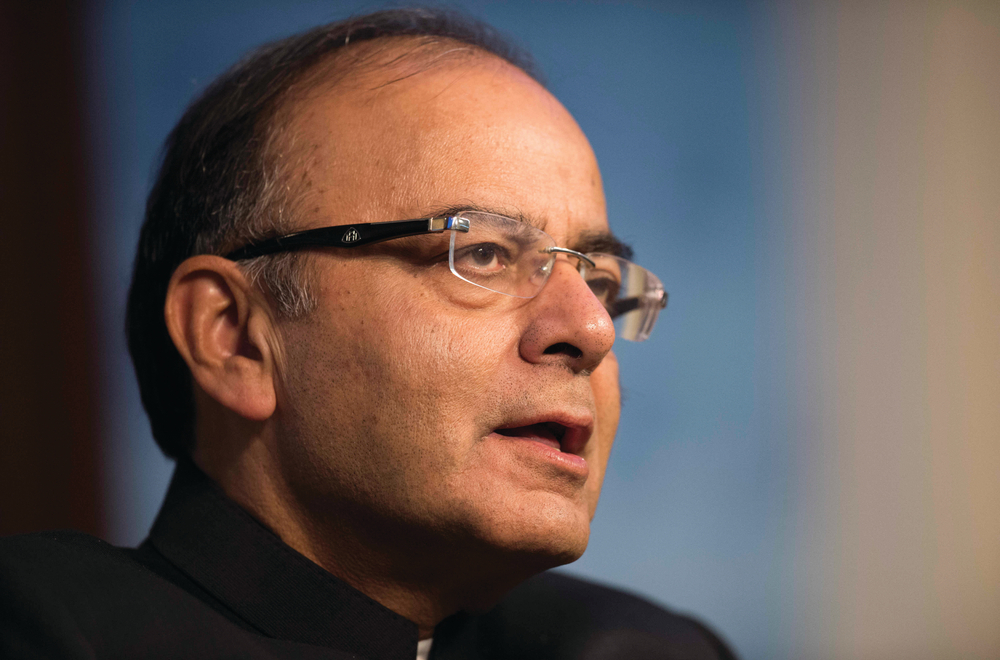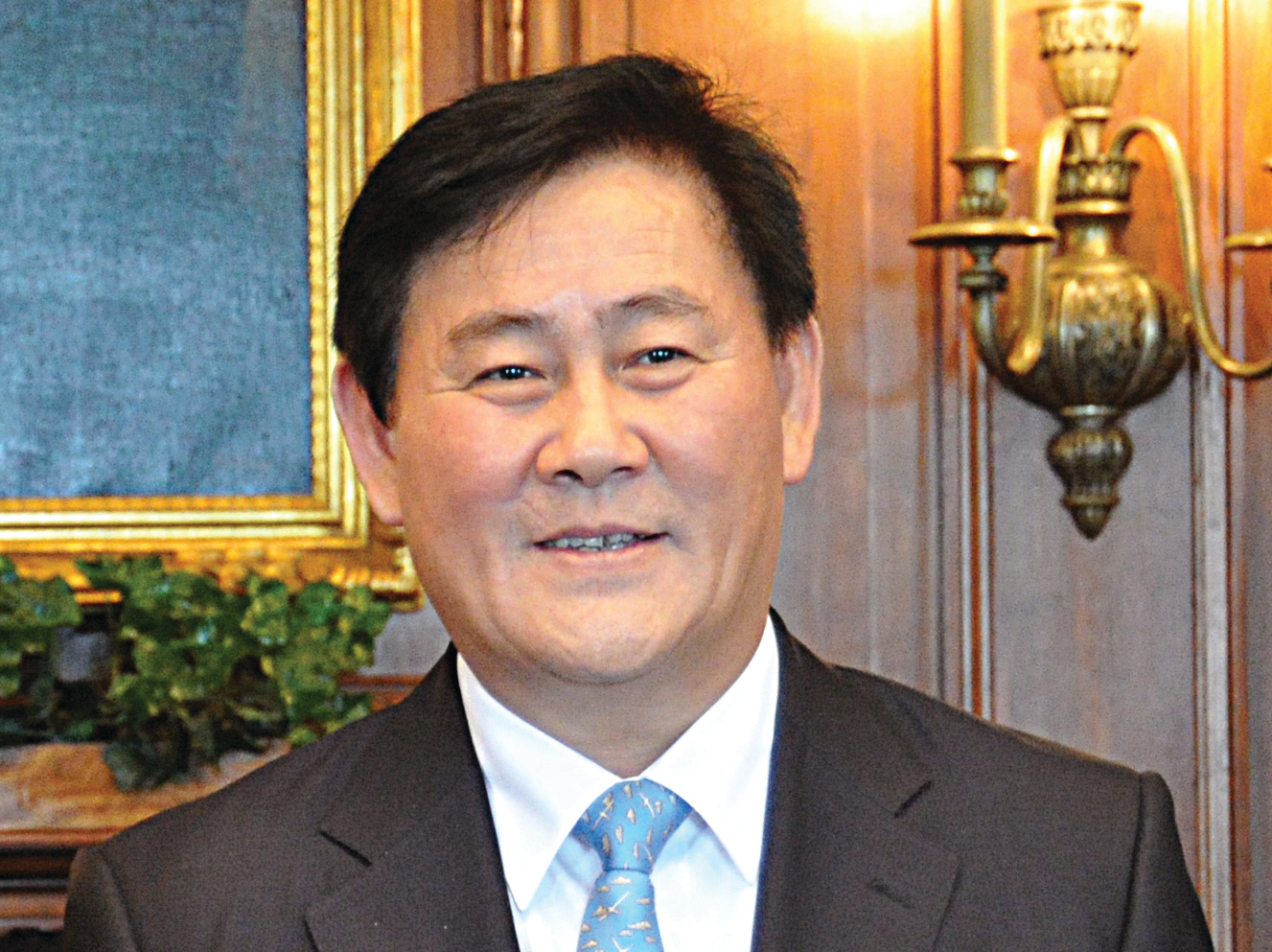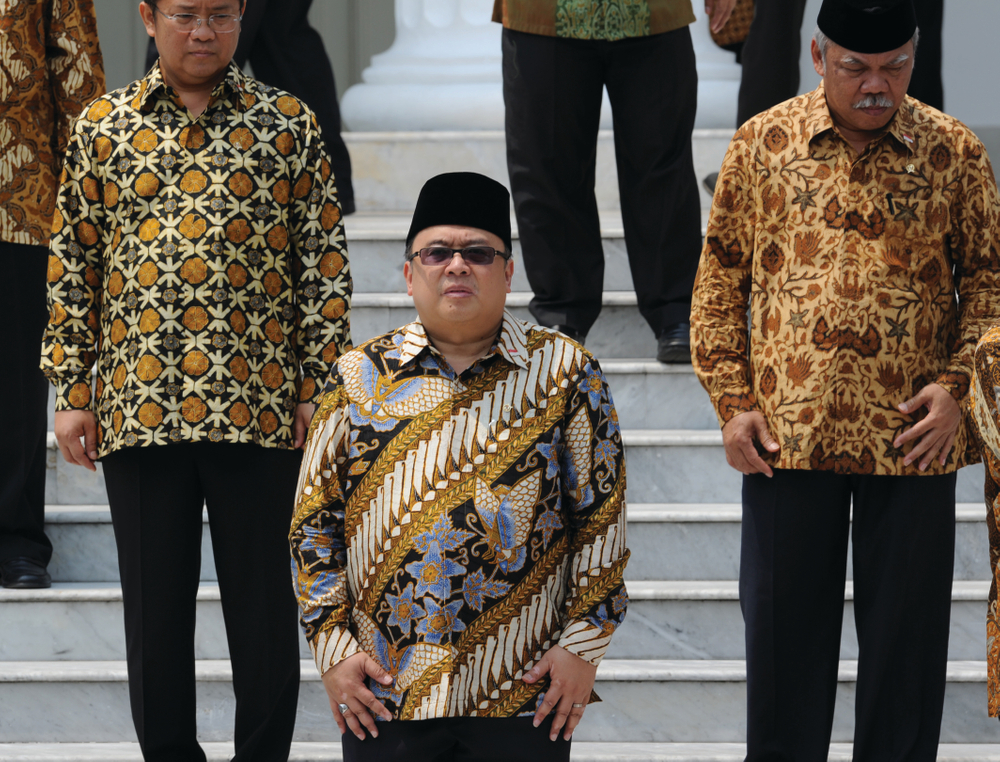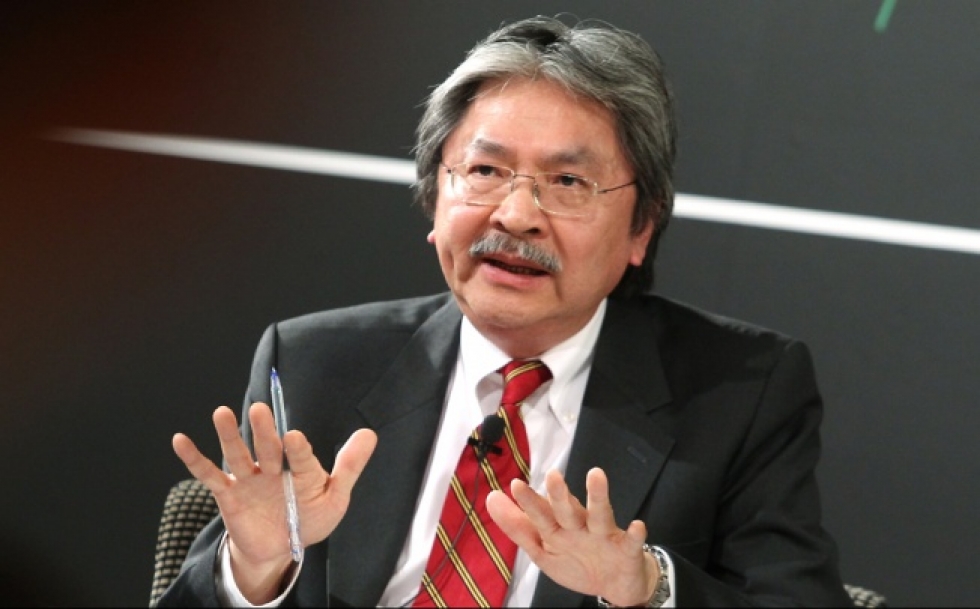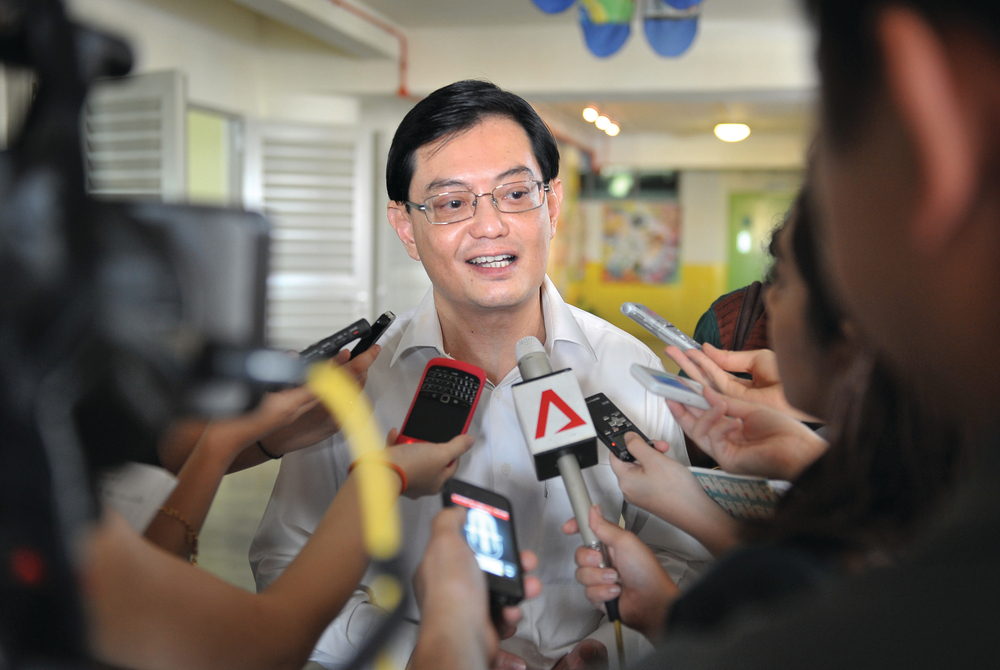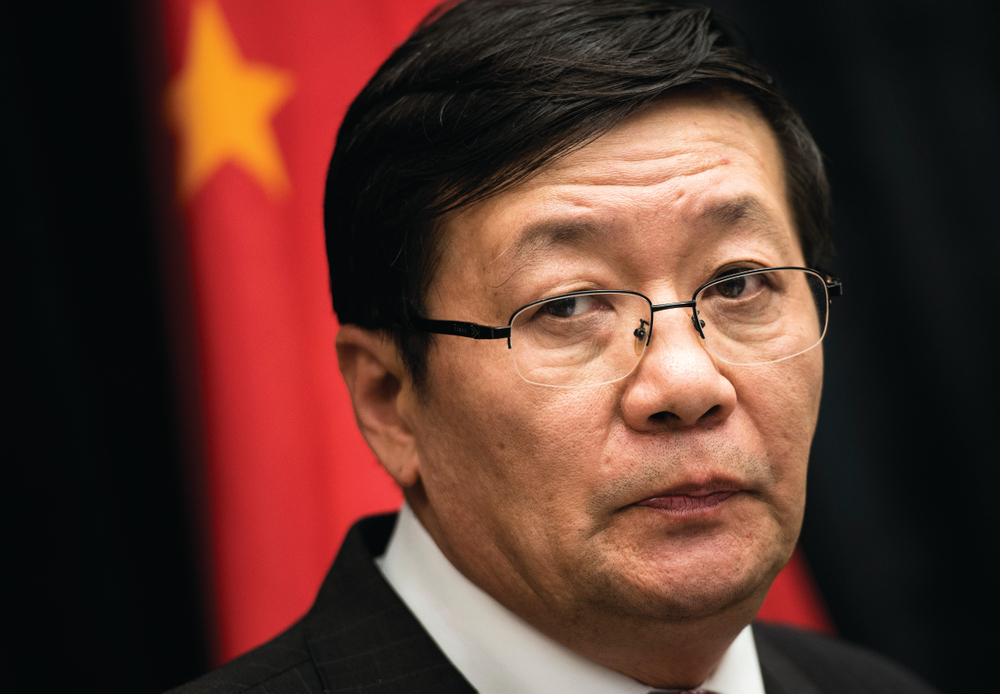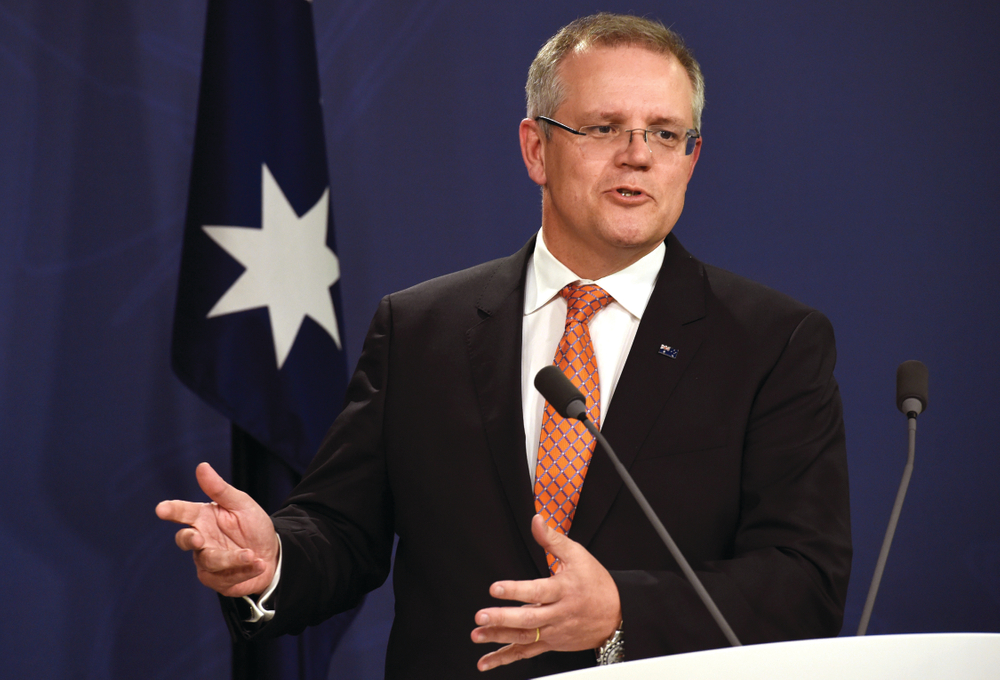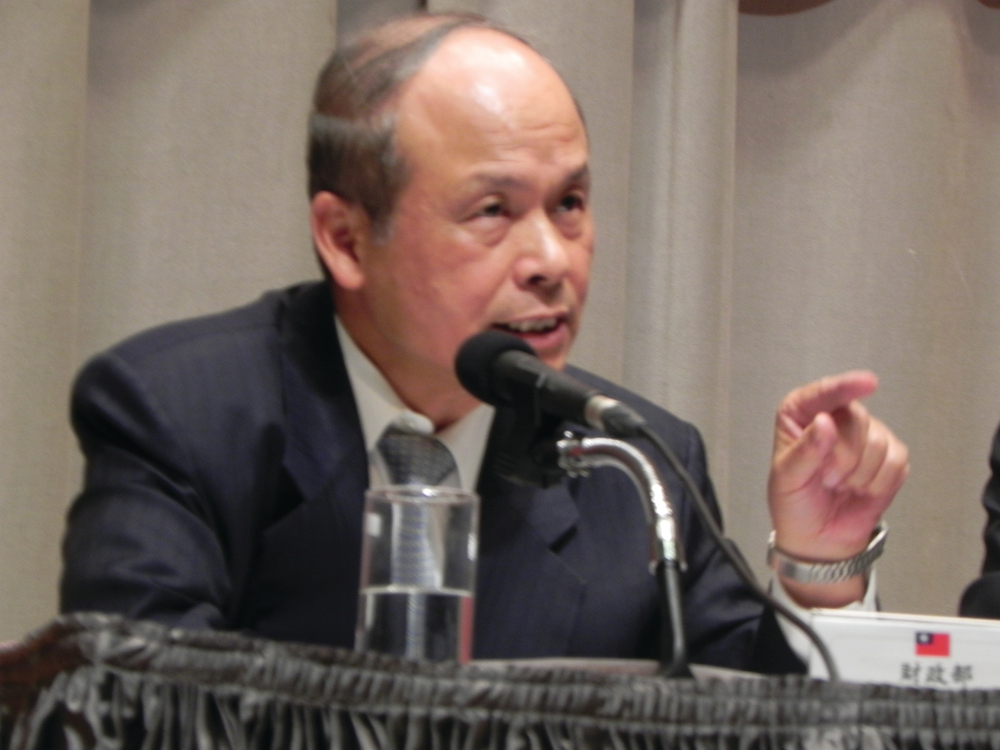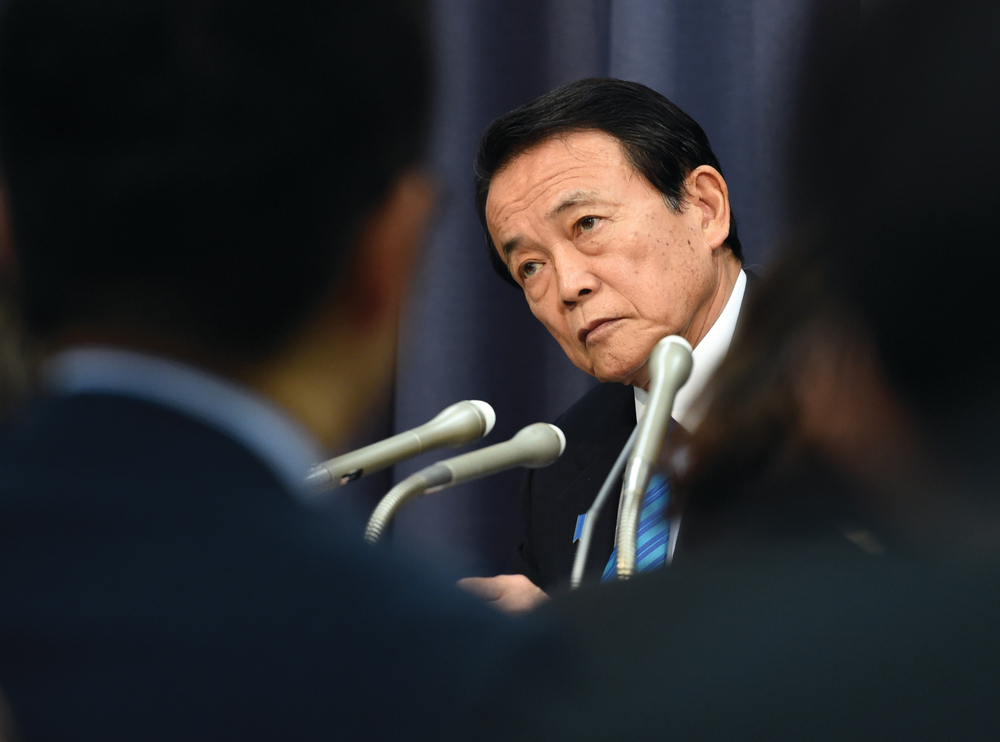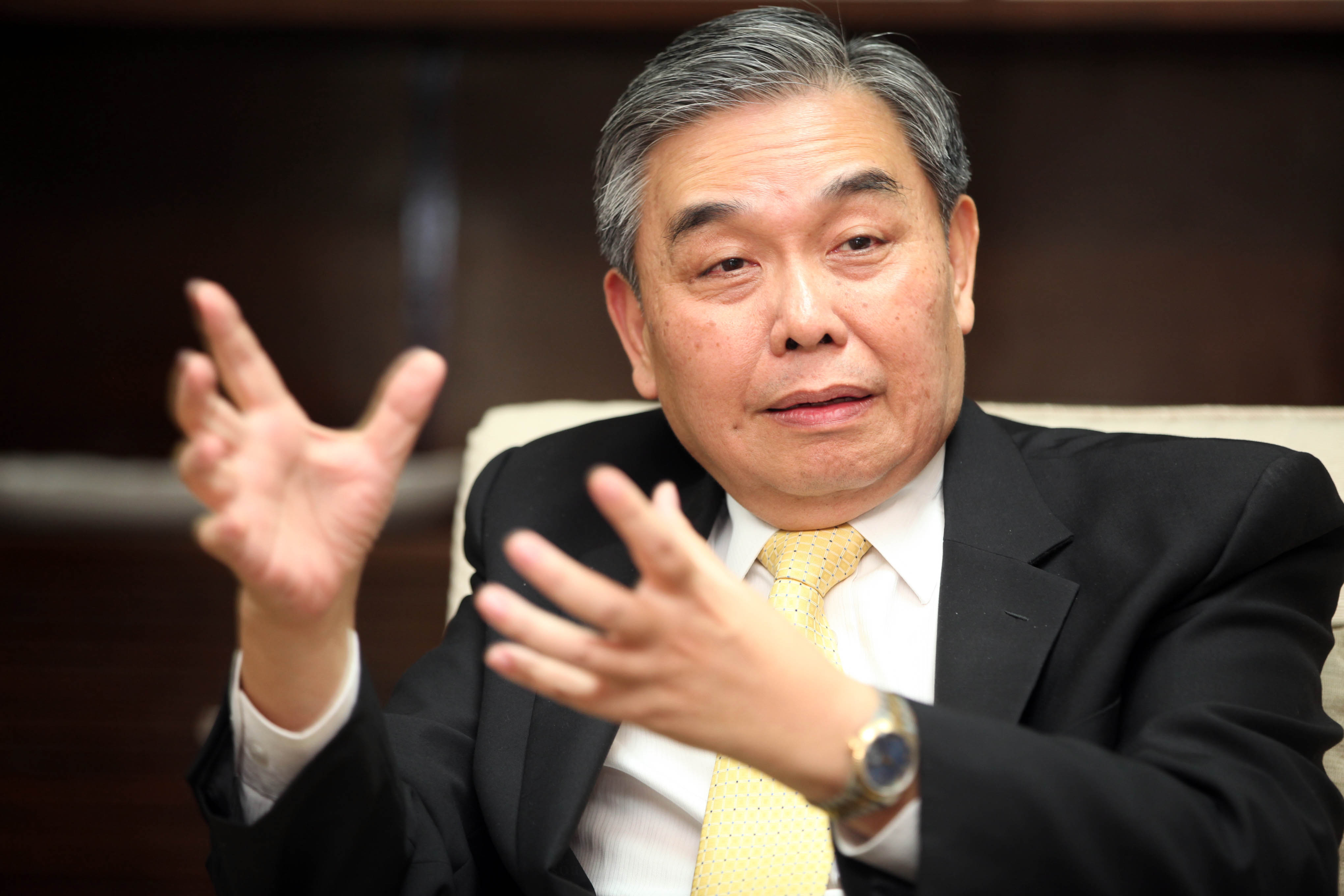For the second year running, FinanceAsia has ranked the finance ministers of the Asia-Pacific region’s 12 largest economies.
FinanceAsia considers several factors when thinking about how to compare the performance of these men over the past 12 months. The role’s responsibilities and powers vary between countries but each minister contributes to fiscal policy and the budget, accesses capital markets, regulates financial institutions, and drives reform. Investor perceptions are one way to view how good a job they are doing, particularly when times are tough.
But the hardest criterion is independence. Most finance ministers serve at the pleasure of their prime ministers, presidents, or military dictators. Their ability to get things done requires political deftness, mastery of policy, sway over the bureaucracy, and the will to fight for the public interest.
Asia developed a post-1997 reputation for quality government, a perception now being put to the test as the Chinese economy slows and dollar strengthens.
For last year's results, click here.
The vast withdrawal of capital from emerging markets makes it all the more imperative for Asia’s finance ministers to pursue good governance, sensible structural reform, and sound finances. Unfortunately, the overall quality of the governments we cover has mostly deteriorated.
Click on the pictures below for the full story.
| 1 |
Cesar Purisima
The Philippines
|
|
| 2 |
Arun Jaitley
India
|
|
| 3 |
Choi Kyung-hwan
South Korea
|
|
| 4 |
Bambang Brodjonegoro
Indonesia
|
|
| 5 |
John Tsang Chun-wah
Hong Kong
|
|
| 6 |
Heng Swee Keat
Singapore
|
|
| 7 |
Lou Jiwei
China
|
|
| 8 |
Scott Morrison
Australia
|
|
| 9 |
Chang Sheng-ford
Taiwan
|
|
| 10 |
Taro Aso
Japan
|
|
| 11 |
Apisak Tantivorawong
Thailand
|
|
| 12 |
Najib Razak
Malaysia
|




